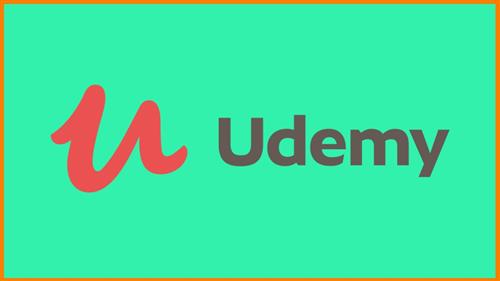Creativity 101

Published 4/2023
Created by Milena Radzikowska,Stan Ruecker
MP4 | Video: h264, 1280x720 | Audio: AAC, 44.1 KHz, 2 Ch
Genre: eLearning | Language: English | Duration: 24 Lectures ( 58m ) | Size: 845 MB
What is creativity? How does it work? How does it flourish in individuals and organizations?
Free Download What you'll learn
Discover how creativity really works
Practice leveraging the psychology of creativity and flow towards greater discovery and innovation
Learn tangible strategies to unleash your creative potential and grow your creative confidence
Complete a creativity case study from idea generation through development
Requirements
No previous experience with creativity needed. You will learn everything you need to know.
Already in a creativity-based field? Learn and practice new tools and strategies to do your best work.
Description
This course debunks such creativity myths as:Creativity is something you have to be born with; it can't be taught.Only eccentric artists can be truly creative.Inspiration 'just' happens; you can't make it happen.Join designers and educators Stan Ruecker and Milena Radzikowska on a transformative journey into practical creativity for everyone through tried-and-true lessons and plenty of visual examples and fun exercises.In this course you will learn:the tools and methods for generating a state of creative flowwhat to do when you hit a dry spellwhere and how to find and create inspirationhow to ensure your work is relevantand to put it broadly, how to be more creative.COURSE STRUCTURECreativity basicsMaterials. We begin this class with a shopping list of items you will want to have ready to hand for the rest of the course.Brainstorming. In this lecture, we discuss a venerable approach to generating ideas, which can be used as an individual or as part of a team.Concept maps. Whether they are called boxes and arrows, mental models, concept maps, or entity-relationship diagrams, the goals and the processes are similar: get your ideas out where you can see them and discuss them.Sketching. To sketch an idea is to give it a provisional form, much as prototypes give provisional form to objects or experiences or systems. In this lecture, we cover two uses of sketching in the design process: ideation and refinement.Storyboarding. We introduce the value of producing pictorial representations of sequences or processes.Where ideas come fromCreativity using SCAMPER (substitute, combine, adjust, modify, put to other uses, eliminate, rearrange). Here we introduce you to a helpful acronym that you can put to use today to help you be more creative.SCAMPER: Combine. In this video, we dig a bit deeper into one of the most commonly used techniques for coming up with new ideas.Avoiding cliches and stereotypes. This video examines the problem of perpetuating lazy ideas.Universal design. This lecture will introduce you to design that is created to accommodate people with special needs, while at the same time also working for everyone else.Not just ideas, but good ideasIdeas as storytelling. Good design can be understood as telling a story. This story is different from other aspects of the design, such as its goals.Values. Understanding what is important to people will help you to create things that they love. This lecture will introduce you to the importance of finding out what people value.Tension. Here we delve into the use of tension as a design choice, placing it on a spectrum from little or none to a lot.Synthesis. This video walks you through the 5 steps of using the information you've collected to help you produce a better design.How do businesses do it?6 thinking hats of Edward de Bono (facts, emotions, benefits, ideas, planning, judgment). To help you avoid tunnel vision, this video explains the use of a technique that allows you to examine your work from several different perspectives.Functional. Usable. Pleasurable. In this video, you will learn about how market forces help to shape the evolution of products.SWOT (strengths, weaknesses, opportunities, threats). Here we discuss SWOT analysis, which is a standard technique for thinking about the context of entire organizations, as well as individual products or services.Feature, function, benefit sheets. Although not often associated with creativity and the creative process, FFB sheets are useful because they show that there can be a variety of ways to describe a design.10 types of innovation. Most designers focus on new products or services, but this model from the Doblin Group in Chicago suggests there are opportunities to innovate across any combination of 10 different organizational aspects. They are divided into 3 main categories: (1) Configuration (Profit Model. Network. Structure. Process); (2) Offering (Product Performance. Product System); (3) Experience (Service. Channel. Brand. Customer Engagement).Throughout the course, we share our favourite readings, tools, and resources, as well as show you plenty of examples.
Who this course is for
People who are interested in having a more interesting and profound creative practice
Homepage
https://www.udemy.com/course/creativity-101/Buy Premium From My Links To Get Resumable Support,Max Speed & Support Me
Links are Interchangeable - Single Extraction
Free Download Creativity 101 is known for its high-speed downloads. It uses multiple file hosting services such as Rapidgator.net, Nitroflare.com, Uploadgig.com, and Mediafire.com to host its files